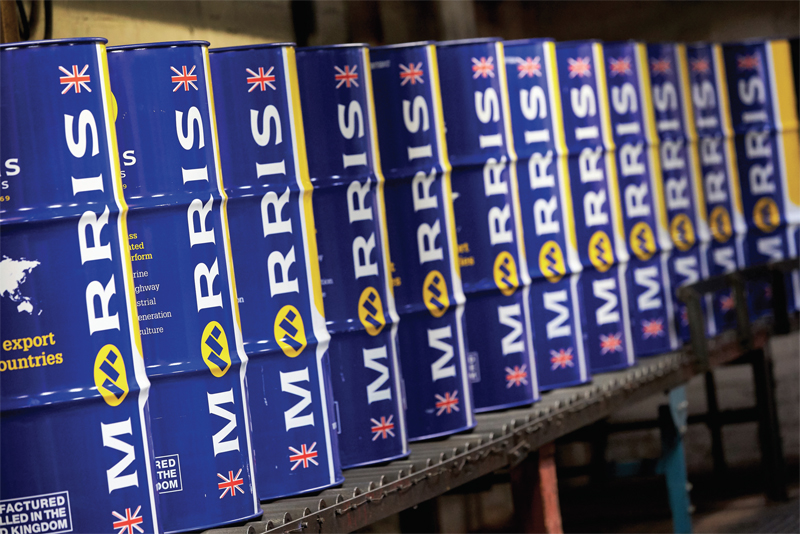
Adrian Hill, Automotive Products Manager at Morris Lubricants, casts his eye over the trends in the lubricants industry and warns of the changes required to compensate for alternative powertrains.
The move towards alternative power technologies in the passenger car market is leading to a review of the hardware changes taking place and the opportunities that will lie ahead to compensate for reduced conventional engine lubricant usage.
From a full hybrid electric perspective, new lubricant technology will be required as the operating regime is very different from a petrol or diesel only vehicle.
The first thing to consider is the intermittent nature of its operation. Start-stop operation increases bearing stress that can lead to accelerated wear. Conventional engines (other than when start-stop is used at junctions, etc.) continue to rotate, generating an oil film that keeps bearing shells/journals separated for long periods. Under these conditions, minimal bearing shell/journal contact occurs, as this only happens when the engine is at rest. The frequency of this contact is higher in hybrids (due to their intermittent use) and therefore more robust wear protection has been developed and incorporated.
Hybrid engines do not operate for an extended period of time and therefore never reach optimum running temperature; they can be at least 20˚C below their petrol or diesel only counterparts. For this reason, certain contaminants build up that would normally be driven off during continuous use. Unburnt fuel and water can persist that lead to the formation of harmful low temperature sludges. Too much water will lead to phase separation with a distinct layer of water forming. This can damage the oil pumping system and contribute to bearing wear issues. New hybrid lubricant technologies are being formulated to disperse the water and fuel, forming an emulsion to safeguard against these issues. Of course, these features are not the only performance parameters these lubricants have to comply with. Each original equipment manufacturer will also require the usual performance parameters to be covered, such as engine cleanliness, general wear protection, protection from rust and corrosion and good dispersion (to help the filter do its job).
In addition to the new chemistry required to combat the harmful operational side effects described above, engine lubricants continue to move towards low viscosities: 0W-20, 0W-16 and even 0W-12. In the first instance, the reduced internal drag of these lubricants means that more of the energy is released to charge the battery packs, whilst improving conventional fuel efficiency and reducing carbon dioxide emissions.









